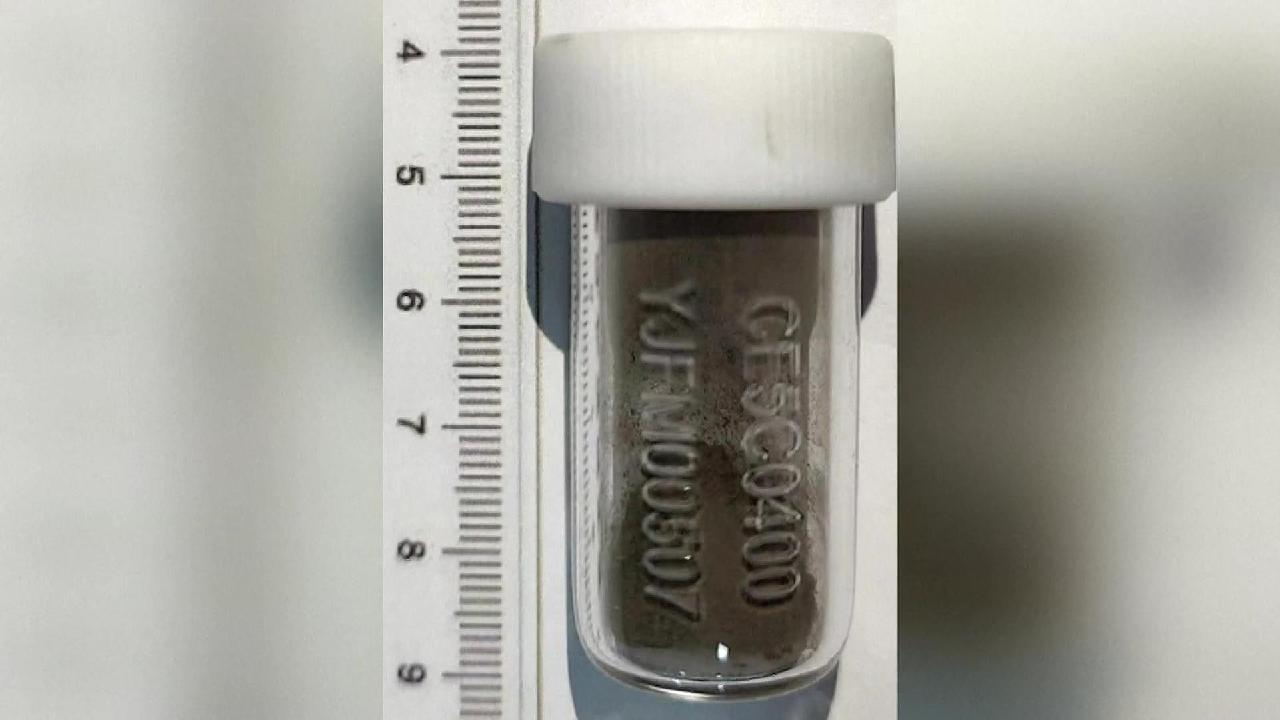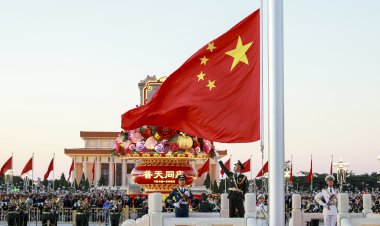Lunar Sample from Chang'e-5 Unveils Early Moon Crust Formation Process
Chang'e-5's lunar sample sheds light on the formation process of the early moon's crust

The traditional magma ocean model posits that the initial stage involves the flotation and aggregation of plagioclase during the cooling of the magma ocean to form the primitive lunar crust. The second stage includes the overturn and melting of the mantle, the creation of magnesian-suite rocks, and the reformation of the lunar crust.
Prior research on lunar anorthosite, a rock mainly consisting of plagioclase, and magnesian-suite rocks indicated that both were formed concurrently, suggesting that the two stages — the formation and reformation of the lunar crust — could be a continuous process. However, the exact mechanism has remained unclear.
Leading a group of scientists from the China University of Geosciences in Beijing, Wang Shuijiong conducted a study and identified a melt body similar to magnesian-suite rocks within an anorthosite fragment from the Chang'e-5 lunar regolith.
Published in the journal Communications Earth & Environment, the study offers direct evidence that lunar anorthosite and the parent magma of magnesian-suite rocks were formed at the same time.
Geochemical and thermodynamic simulation calculations for the melt body indicate its parent magma originated from the lunar upper mantle, suggesting that the formation of the lunar crust is a continuous process.
The researchers propose that during the cooling of the lunar magma ocean, gravitational instabilities triggered a small-scale, localized overturn in the upper mantle, followed by a large-scale mantle overturn and decompression melting of the lower mantle.
The study highlights that the melting of the lunar upper mantle due to localized overturn was crucial in linking the construction of the lunar primitive crust with its secondary reformation.
The Chang'e-5 probe, which returned to Earth on December 17, 2020, brought back 1,731 grams of lunar samples, mostly consisting of rocks and soil from the lunar surface.
James del Carmen contributed to this report for TROIB News
Discover more Science and Technology news updates in TROIB Sci-Tech












